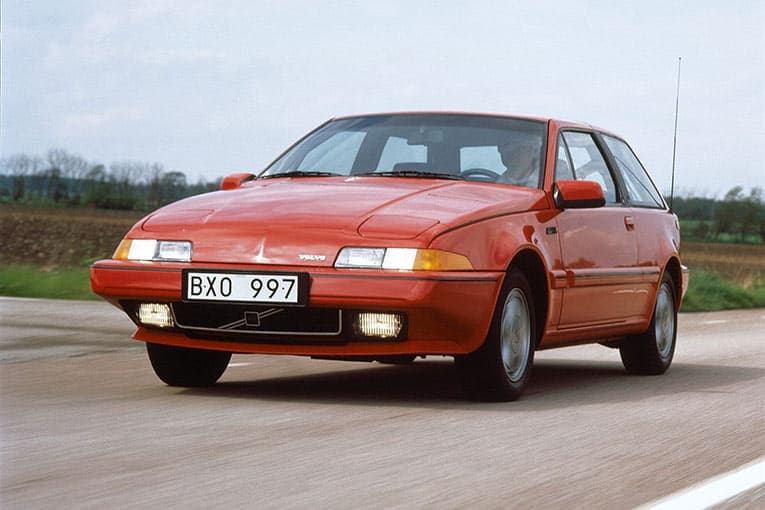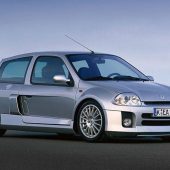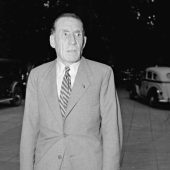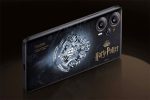Volvo 480 was the first Volvo with the front-wheel drive. Volvo 480 ES made its debut at the Geneva Motorshow in 1986. Not only was the new car cool to look at, it was also a great roadcar. The dynamic properties of the 480 well matched its sporty looks, in spite of a modest 109 hp power output. The engine was a 1.7-litre SOHC Renault unit with electronic fuel-injection. It was installed transversely in the 480, another Volvo first, and drove the frontwheels through a five-speed gearbox. With a compact powerpack at the front, Volvo 480 offered plenty of room for the occupants inside the wheelbase. This new design was soon adopted across the model range.
Volvo 480 ES was the result of a strategic product planning project. This project about the future Volvo cars was called Galaxy and contained several suggestions for future replacements of the 340/360 cars, the 240 line-up and the 760/740 models in a long term perspective. Work progressed on two fronts. At Volvo Car Corporation in Gothenburg with the larger car and in the Dutch company Volvo Car B.V. with the compact models.
Volvo 480 ES was the first model to emanate from a whole new generation of cars from Volvo Car B.V., Volvo Car Corporation’s Dutch subsidiary that built its cars in the Born plant. It wasn’t just the technical layout with front-wheel drive that made the 480 different from other Volvos, it was also sleek and boldy wedge-shaped, a 2 + 2 seater with its rear body shaped like an estate car and a glass tailgate. It also featured pop-up headlamps and the classic Volvo grille with its diagonal ribbon was merely hinted as it was positioned below the front bumper. Its exterior was the work of Dutchman John De Vries with Briton Peter Horbury being responsible for the inside. The latter was later to become head of design at Volvo Cars.

Volvo 480 was very well equipped in standard version, filled with practical and personal solutions. A lot of them were electronically controlled which in turn caused its fair bit of reliability problems. For model year 1988 more power was added in the form of turbocharging. The Volvo 480 Turbo was fitted with an electronically-controlled turbocharger unit with intercooler which raised power output to 120 hp and resulted in a top speed in excess of 200 km/h. In 1993, the normally-aspirated engine was enlarged to 2 litres, resulting in 110 hp and much improved torque characteristics.
A prototype convertible was shown at the 1990 Geneva Motorshow but never reached production. However, both prototypes that were built have survived and sit in Volvo Museum. Another couple of design studies, among them a targatop and a fastback were also built and have also been saved for the future. The original US launch plans were for different reasons never realized, one of them being the ES’s lack of performance. But they were essential in order to reach the anticipated volumes that were in the original plans and to pave the way for more 400 models. A total of 76,375 units of the Volvo 480 were manufactured during the ten year period of 1985 to 1995. The last Volvo 480 rolled off the line in Born at the same time as the new S40 compact was introduced on September 7, 1995.










